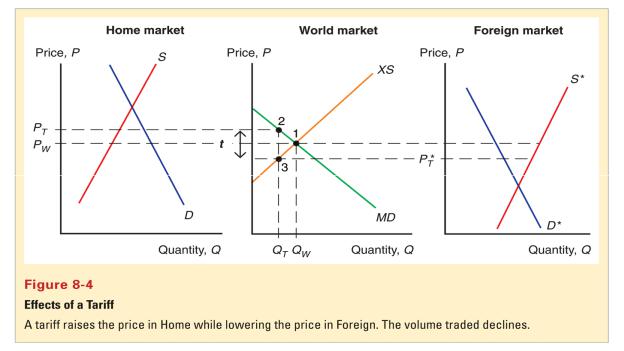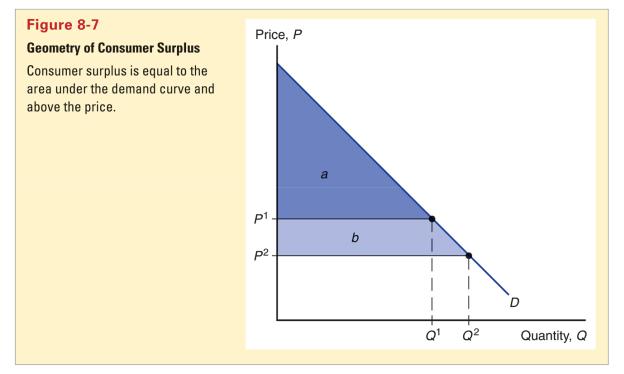
9120
.pdfМИНОБРНАУКИ РФ Федеральное государственное бюджетное учреждение
высшего профессионального образования
«Нижегородский государственный архитектурно-строительный университет»
Международный факультет экономики, права и менеджмента
International institute of economics, lоw and management
Кафедра международного менеджмента
II
Глобальная Экономика.
Международная торговая политика.
Учебное пособие для студентов Международного факультета экономики,
права и менеджмента
II
Global Economics.
International Trade Policy.
Нижний Новгород, 2012
Nizhniy Novgorod, 2012
УДК 339.5 (075)
Ершов Д.Е. Глобальная экономика. Международная тогровая политика [Текст]: учебное пособие / Д.Е. Ершов, Д.В. Сучков; Нижегород.
гос. архит.-строит.ун-т – Н.Новгород: ННГАСУ, 2012. – 55 с.
II Global Economics. International Trade Policy.. - N.Novgorod:
NNGASU, 2012.
Автор: к.э.н., к.с.-ф. н. доцент Ершов Д.Е, к.э.н., доцент Сучков Д.В.
Authors: Dmitri E. Ershov, Dmitri V. Suchov.
© Нижегородский государственный архитектурно-строительный университет, 2012.
Chapter 8
The Instruments of Trade Policy
Preview
•Partial equilibrium analysis of tariffs: supply, demand and trade in a single industry
•Costs and benefits of tariffs
•Export subsidies
•Import quotas
•Voluntary export restraints
•Local content requirements
Types of Tariffs
•A specific tariff is levied as a fixed charge for each unit of imported goods.
For example, $1 per kg of cheese
•An ad valorem tariff is levied as a fraction of the value of imported goods.
For example, 25% tariff on the value of imported cars.
•Let’s now analyze how tariffs affect the economy.
Supply, Demand and Trade in a Single Industry
•Let’s construct a model measuring how a tariff affects a single market, say that of wheat.
•Suppose that in the absence of trade the price of wheat in the foreign country is lower than that in the domestic country.

With trade the foreign country will export: construct an export supply
curve
With trade the domestic country will import: construct an import demand curve
•An export supply curve is the difference between the quantity that foreign producers supply minus the quantity that foreign consumers demand, at each price.
•An import demand curve is the difference between the quantity that domestic consumers demand minus the quantity that domestic producers supply, at each price.

• In equilibrium,
import demand = export supply
domestic demand – domestic supply =foreign supply – foreign demand
•In equilibrium,
world demand = world supply
The Effects of a Tariff

•A tariff acts as an added cost of transportation, making shippers unwilling to ship goods unless the price difference between the domestic and foreign markets exceeds the tariff.
•If shippers are unwilling to ship wheat, there is excess demand for wheat in the domestic market and excess supply in the foreign market.
The price of wheat will tend to rise in the domestic market.
The price of wheat will tend to fall in the foreign market.
•Thus, a tariff will make the price of a good rise in the domestic market and will make the price of a good fall in the foreign market, until the price
difference equals the tariff.
PT – P *T = t
PT = P*T + t
The price of the good in foreign (world) markets should fall if there is a significant drop in the quantity demanded of the good caused by the domestic tariff.
• Because the price in domestic markets rises (to PT), domestic producers
should supply more and domestic consumers should demand less.
The quantity of imports falls from QW to QT

• Because the price in foreign markets falls (to P*T), foreign producers should
supply less and foreign consumers should demand more.
The quantity of exports falls from QW to QT
•The quantity of domestic import demand equals the quantity of foreign export
supply when PT – P *T = t
• In this case, the increase in the price of the good in the domestic country is less than the amount of the tariff.
Part of the tariff is reflected in a decline of the foreign country’s export price, and thus is not passed on to domestic consumers.
But this effect is often not very significant.
The Effects of a Tariff in a Small Country
• When a country is “small”, it has no effect on the foreign (world) price of a good, because its demand for the good is an insignificant part of world demand.
Therefore, the foreign price will not fall, but will remain at Pw
The price in the domestic market, however, will rise to PT = Pw + t
Effective Rate of Protection
• The effective rate of protection measures how much protection a tariff or other trade policy provides domestic producers.
It represents the change in value that an industry adds to the production process when trade policy changes.
The change in value that an industry provides depends on the change in prices when trade policies change.
Effective rates of protection often differ from tariff rates because tariffs affect sectors other than the protected sector, a fact which affects the prices and value added for the protected sector.
•For example, suppose that an automobile sells on the world market for $8000, and the parts that made it are worth $6000.
The value added of the auto production is $8000-$6000
•Suppose that a country puts a 25% tariff on imported autos so that domestic auto assembly firms can now charge up to $10000 instead of $8000.
•Now auto assembly will occur if the value added is up to $10000-$6000.
•The effective rate of protection for domestic auto assembly firms is the change in value added:
($4000 - $2000)/$2000 = 100%
•In this case, the effective rate of protection is greater than the tariff rate.
Costs and Benefits of Tariffs
•A tariff raises the price of a good in the importing country, so we expect it to hurt consumers and benefit producers there.
•In addition, the government gains tariff revenue from a tariff.
•How to measure these costs and benefits?
•We use the concepts of consumer surplus and producer surplus.
Consumer Surplus
• Consumer surplus measures the amount that a consumer gains from a purchase by the difference in the price he pays from the price he would have been willing to pay.

The price he would have been willing to pay is determined by a demand (willingness to buy) curve.
When the price increases, the quantity demanded decreases as well as the consumer surplus.
Producer Surplus
• Producer surplus measures the amount that a producer gains from a sale by the difference in the price he receives from the price he would have been willing to sell at.
The price he would have been willing to sell at is determined by a supply (willingness to sell) curve.
When price increases, the quantity supplied increases as well as the producer surplus.

Costs and Benefits of Tariffs
•A tariff raises the price of a good in the importing country, making its consumer surplus decrease (making its consumers worse off) and making its producer surplus increase (making its producers better off).
•Also, government revenue will increase.
•For a “large” country that can affect foreign (worl d) prices, the welfare effect of a tariff is ambiguous.
•The triangles b and d represent the efficiency loss.
